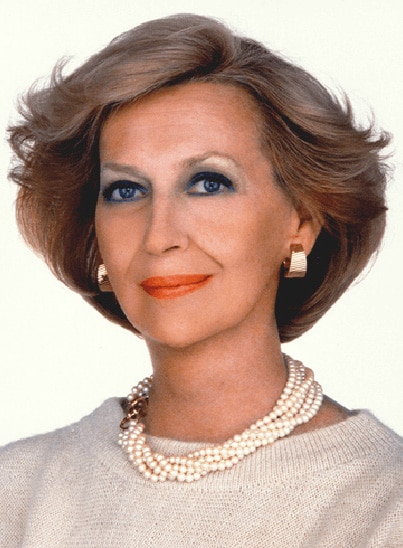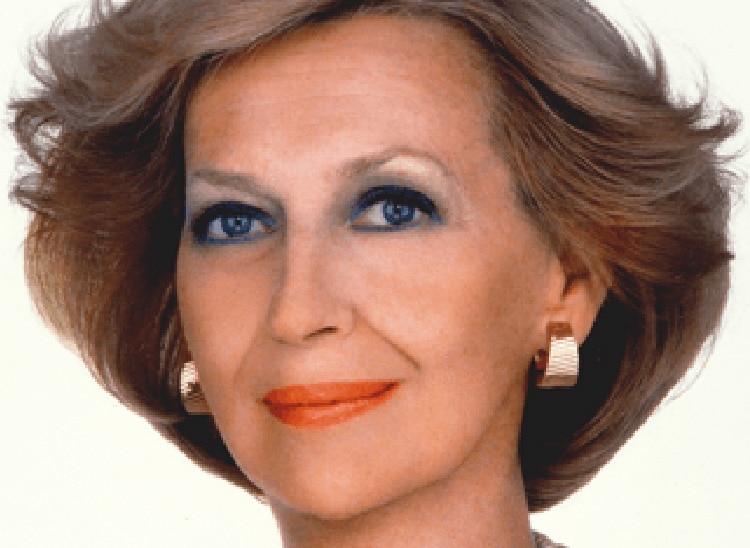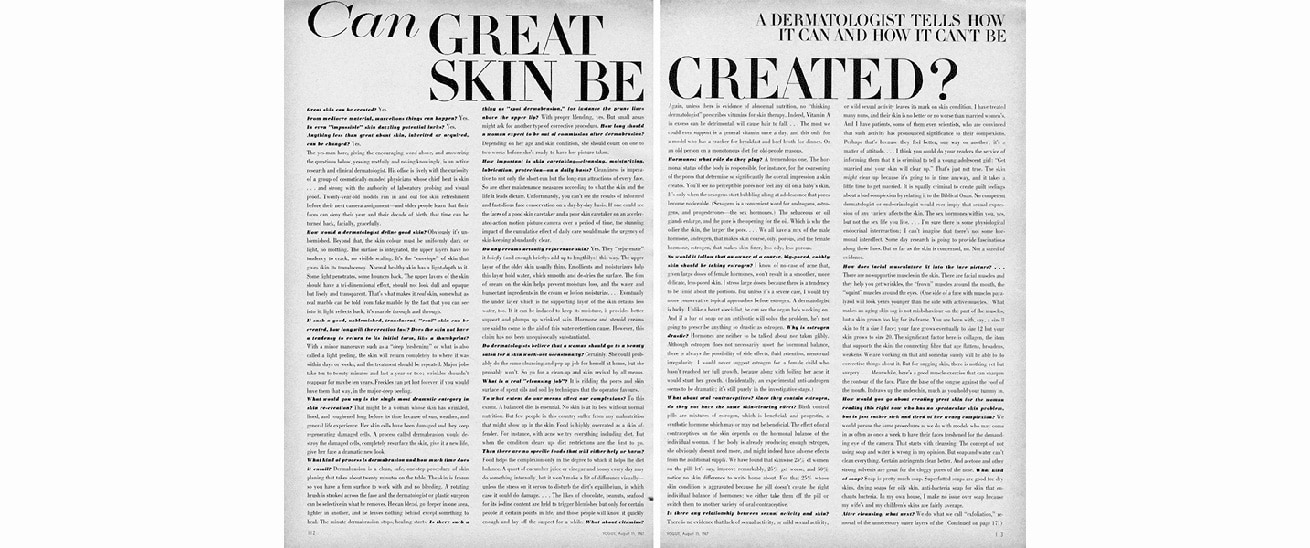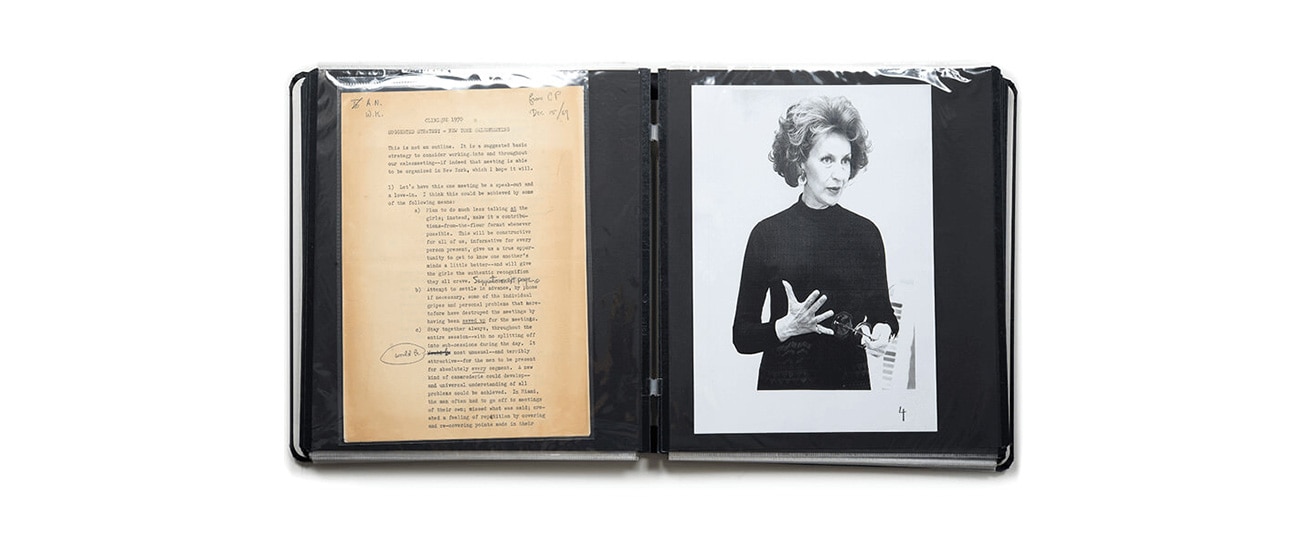

Carol Phillips and the Creation of Clinique
“Carol said yes."
Those three simple words represent the beginning of a revolution in the beauty industry, one that remains as forward-thinking today as when the message was received in 1967.
“I was in Paris at the time,” remembers Mr. Leonard Lauder. Back in New York, an idea had been brewing, and Lauder—then wearing dual hats as both the chief executive officer and the son of Estée Lauder (“She was Mrs. Lauder in the office, and Mom at home,” he says)—was anxiously awaiting an answer from another woman, one who he believed could pivot the company in a new direction.
The Genesis
Great skin can be created.
The investigative feature's blend of education, humor, and that innovative three-step premise made waves throughout the beauty industry—including the Fifth Avenue offices of Estée Lauder. At the time, Leonard Lauder was eager to expand beyond his mother’s eponymous line and create a multibrand company. He wanted a new venture to feel modern, inventive, and attract a younger consumer who was asking more questions and demanding more results. Carol Phillips, Mr. Lauder realized, was speaking to that audience.

When Mr. Lauder introduced Phillips and Estée, there was an immediate kinship (they both liked to speak their minds). Estée also found the idea of creating a new beauty line that was bold, fresh, and different—and which armed women with straightforward information—irresistible.
To seal the partnership, Mr. Lauder asked Bob Nielsen, then general sales manager for Estée Lauder, to take Phillips to lunch and further discuss the idea. He wasn’t certain Phillips would go for his plan; after all, she was an editor at Vogue, highly glamorous and influential in her own right. Did she really need to start a beauty company? “I told Bob, ‘I don’t want to have her turn me down,’” Mr. Lauder recalls.
In the days before emails, before even international phone calls or faxes became the norm, the cablegram served as basic long-distance communication, especially overseas; and, that's how Mr. Lauder received the good news while he was in Paris. He recalls Bob Nielsen forwarded just three simple words: “Carol said yes.”
The Launch

The Science
The Experience
The Leap
The Renegades
The 3-Step System (with the focus on allergy tested and fragrance-free qualities) combined with an equally rebellious ad campaign featuring now-iconic images by legendary photographer Irving Penn. In one ad, a white toothbrush sits perched in a glass, positioned opposite a trio of Clinique products—one each to represent cleanse, exfoliate, and moisturize, of course—with a straightforward tagline: “Twice a Day.” The message was graphic, bold, and supremely uncomplicated: Commit to the 3-Step System just as you would commit to brushing your teeth twice a day, and you’ll experience fantastic skincare results. The ad would continue to be used for more than two decades, not only because it worked, but also because its sleek simplicity is timeless.

The Legacy
“Carol was a genius with words,” notes Mr. Lauder, who today serves as chairman emeritus of the Estée Lauder Companies. “She was the one who came up with Dramatically Different Moisturizing Lotion, Turnaround Cream, and 7 Day Scrub. Those names live with us today. They’re great because she understood women and their ideas. That’s why she and Mrs. Estée Lauder were great friends and partners, together they were the heart and soul of Clinique.” The impact of Clinique remains undeniable: "We changed the world," says Leonard.
Written by: Laurie Brookins



